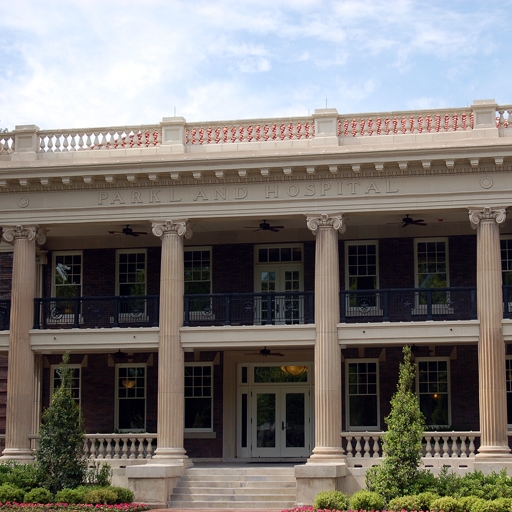Architectural Terra Cotta Detailing
There are many details that go into a building’s architecture that provide aesthetic beauty and set the structure apart from others. These include everything from railings, grilles, and grates to cornices, gargoyles and bas relief. Older buildings often used terra cotta to create the architectural detailing. However, with time and exposure to the elements, this detailing has been damaged or disintegrated, requiring a solution for restoration. Then, there are new buildings that seek to add architectural detailing with a material that provides flexibility and strength.
TerraGlas versus Terra Cotta
Replacing terra cotta does not necessarily mean having to use the same material. Instead, alternative materials like TerraGlas are providing numerous advantages for restoration, replication, and new construction projects.
TerraGlas is comprised of terra cotta clays, mineral aggregates, polymers, Portland cements and glass fibers. Together, these materials form a solution that provides more strength, better detail and color match, and enhanced value.
Using TerraGlas for Architectural Detailing Restoration, Replication, and Preservation
One of the most challenging projects is having to match the terra cotta on a historical building to replace areas that have cracked, broken off, or are completely missing. Architectural detailing can be quite complex, so it may be difficult to see anymore.
Terra cotta is also notoriously hard to match by color, and often the clays used when the building was constructed are no longer available. It might seem that color match would be impossible. Also, since terra cotta clay shrinks over time, a mold cannot be taken to create a match. Alternatives then become too expensive.
However, the manufacturers of TerraGlas can help. Stromberg can take a terra cotta sample from a historical building and determine the terra cotta’s formulation, including the type of the clay and grog as well as the glaze. Then, a custom TerraGlas mixture can be made to replicate that formulation, including glaze, so that the restoration detailing can match the original components still attached to the building.
Additionally, TerraGlas offers higher impact strength than terra cotta clay. The glass fibers found in the TerraGlas provide reinforcement but at a weight that is typically half of terra cotta. This puts less stress on the historic structure and speeds the installation process. Savings with TerraGlas grow as the overall manufacturing cost is also about half that of fired terra cotta.
New Construction Detailing and TerraGlas
As part of a new construction project, TerraGlas offers a number of advantages. Besides the aforementioned lighter weight and lower cost, this alternative for architectural detailing offers designers an endless array of choices.
Since it is an engineered material, it can be fabricated into just about anything – column covers, domes, parapets, flat panels and intricate carvings just to name a few applications. Further customization can be made to the size, color, and texture, including finishes that mirror everything from a distressed or pitted surface to a glazed finish.
Helping You Create the Architectural Detailing
Stromberg Architectural Products and TerraGlas can provide the custom solution for the architectural detailing you need for your restoration or construction project. From The White House to The Smithsonian and everything in between, our experienced team can help you throughout all aspects of the process. Get a free estimate by calling 903.454.0904 or sending an email to: [email protected].



February 10, 2014
About TerraGlas, Terra Cotta Restoration, Tips and Hints